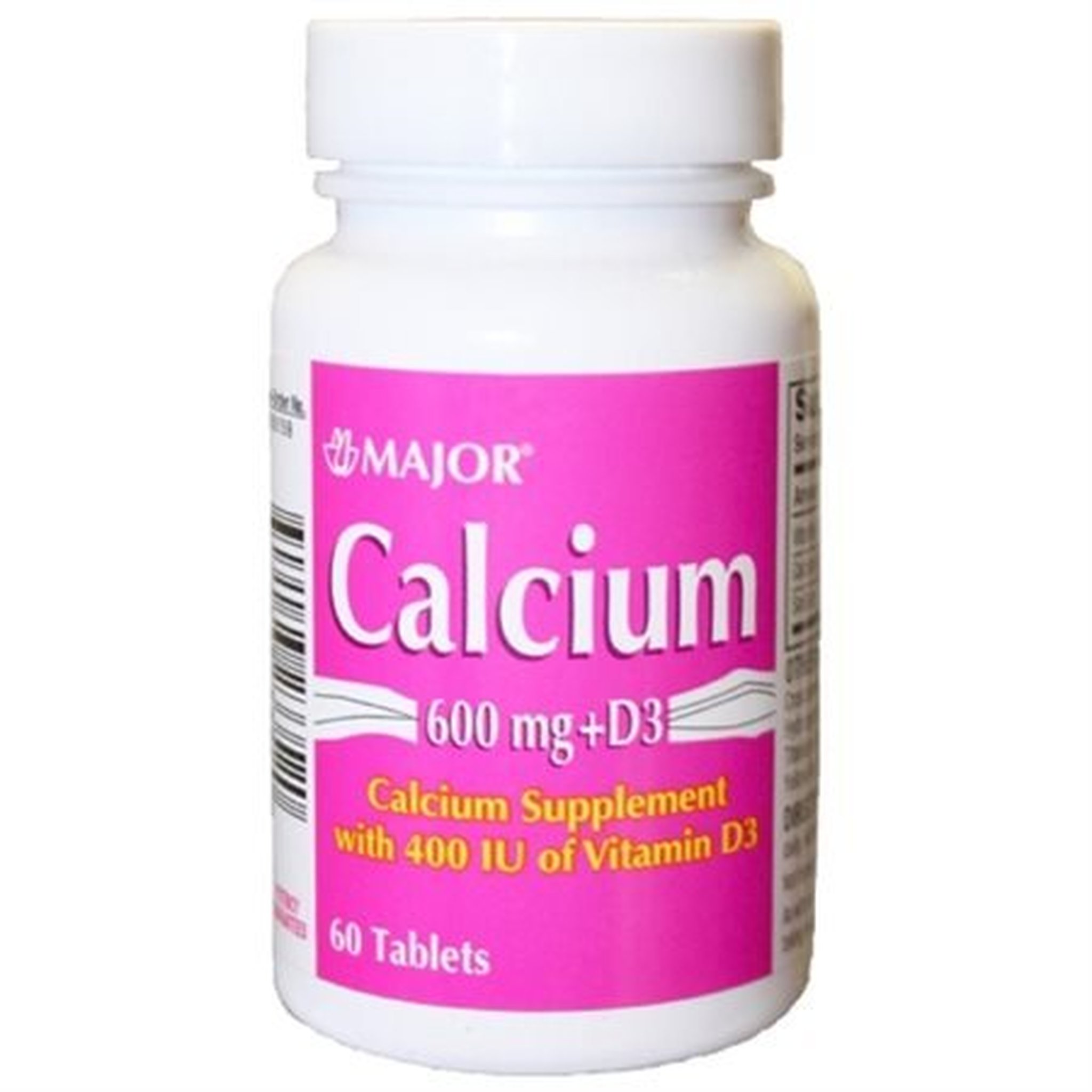
H-BMD was significantly increased in the combination group (3.6%) compared with the denosumab group (1.2%) at 12 months ( P<0.05). L-BMD significantly increased at 8 and 12 months (8.9%) in the combination group and at 4, 8 and 12 months (6.0%) in the denosumab monotherapy group, compared with those before treatment. BAP was significantly suppressed in both groups at 2–12 months. In the combination group, TRACP-5b was significantly decreased compared with the denosumab monotherapy group at 2 and 4 months ( P<0.05). TRACP-5b and urinary NTX were significantly suppressed in both groups from 1 week to 12 months (except at 12 months for NTX). There was no significant difference in patient background. We also measured bone mineral density (BMD) of L1–4 lumbar vertebrae (L)-BMD and bilateral hips (H)-BMD at baseline and at 4, 8 and 12 months.


We measured serum bone alkaline phosphatase (BAP), tartrate-resistant acid phosphatase (TRACP)-5b and urinary N-terminal telopeptide of type-I collagen (NTX) at baseline, 1 week, as well as at 1 month and 2, 4, 8 and 12 months. Patients were split into a denosumab monotherapy group (18 cases) or a denosumab plus vitamin D supplementation group (combination group 23 cases). To evaluate the differences in outcomes of treatment with denosumab alone or denosumab combined with vitamin D and calcium supplementation in patients with primary osteoporosis.


 0 kommentar(er)
0 kommentar(er)
